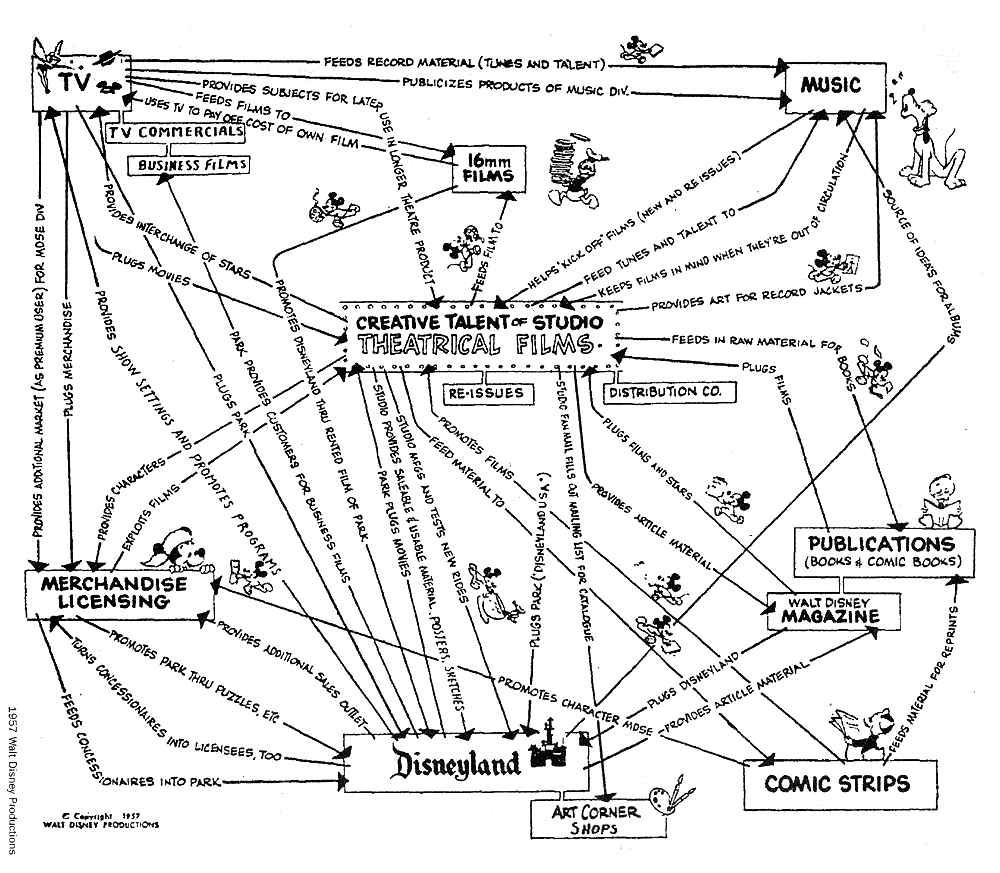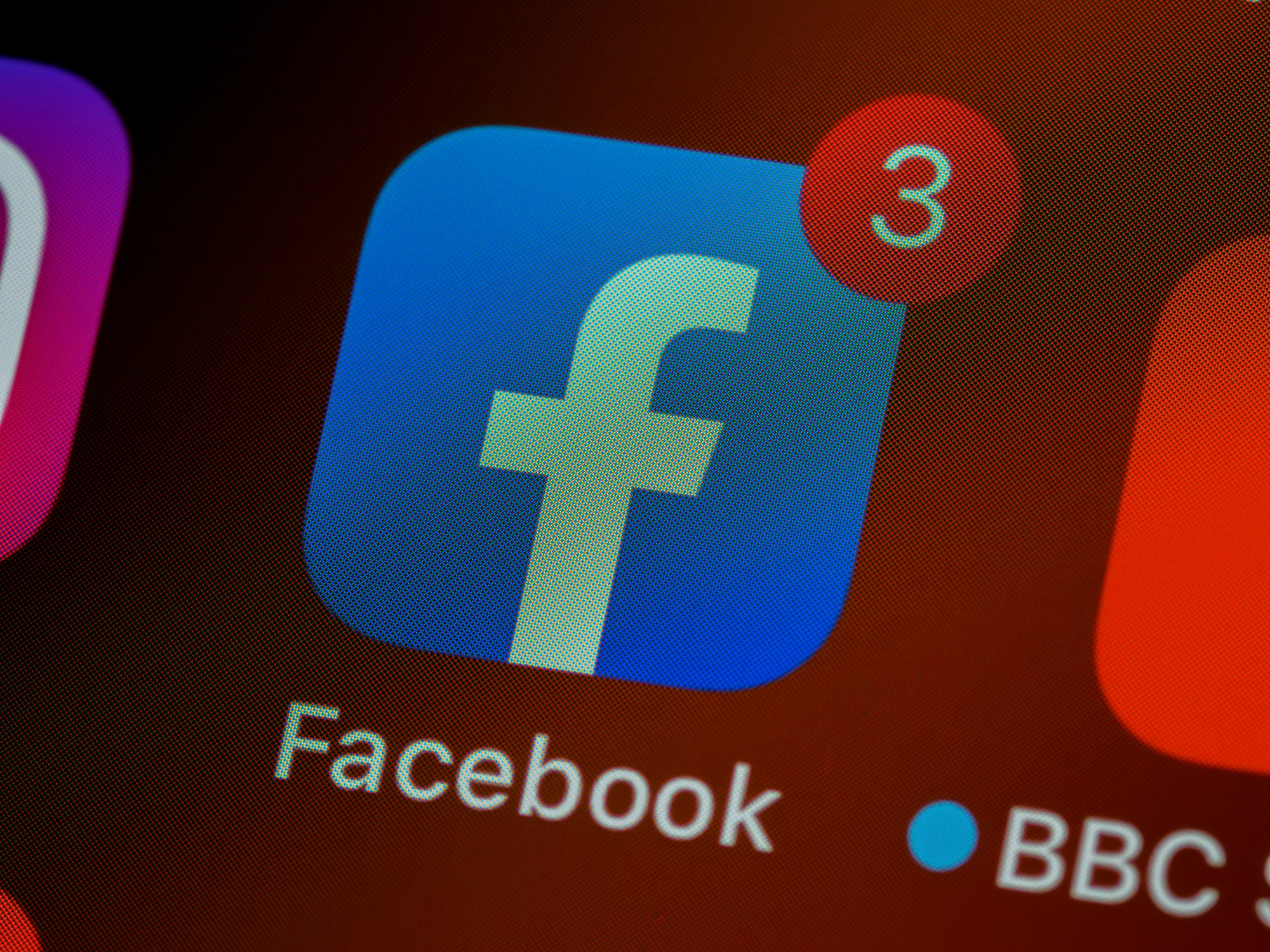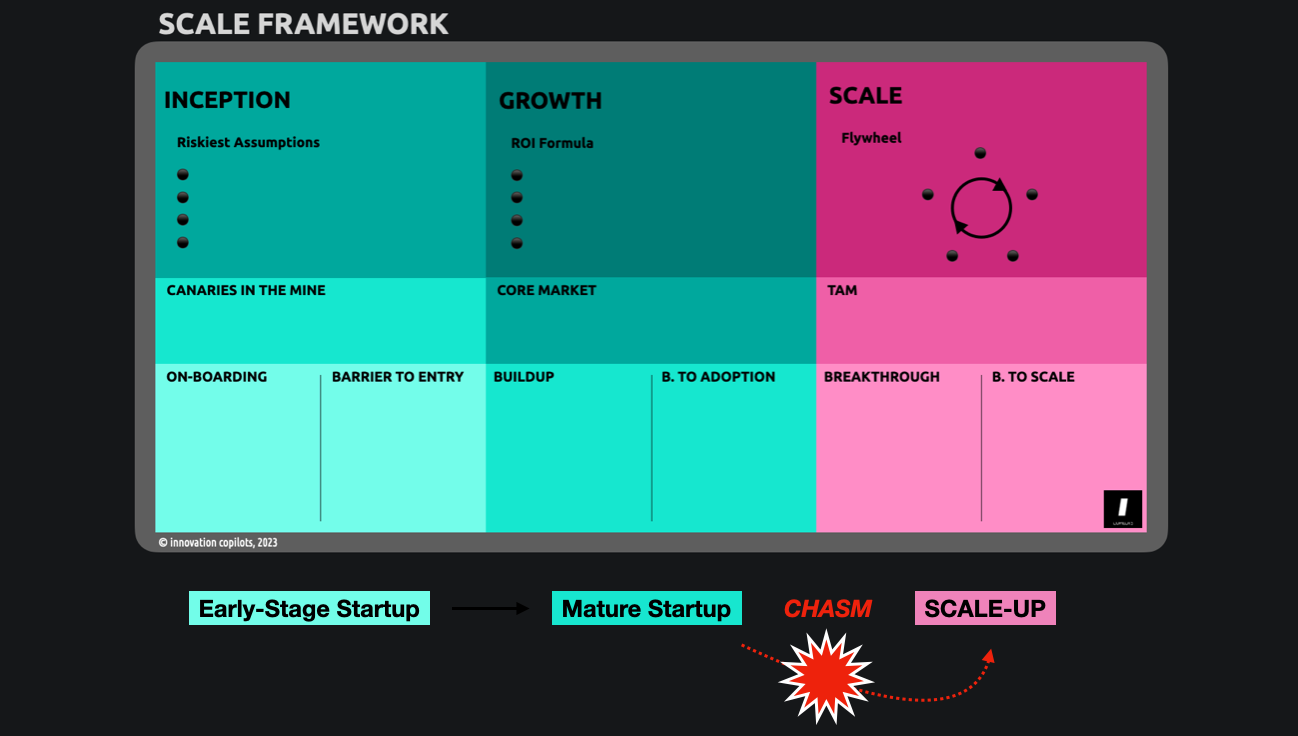The lessons from Disney's flywheel effect

In the fifties, Walt Disney famously laid out his business strategy. It was not about values, excellence, marketing, or any other vague descriptor. It was about a methodic interconnection of businesses, feeding each other and creating ongoing reasons to engage with the Disney brand.

Today, we would talk about a flywheel effect.

This relentless and methodic vision of how each part of the business accrues value to other parts of the business in an infinite loop is central to how powerful companies scale. It's also where startups that survive the initial contact with the market eventually struggle the most, as scaling innovation is vastly different than finding your first product-market fit.

To understand this notion of scale and flywheel, and If we go back to Disney, you could ask yourself this simple question: What would be the new businesses that Disney could grow or acquire to feed its flywheel?
Scott Galloway recently advocated for Disney to acquire Roblox (a gaming platform with >164 million monthly active users, including more than half of all American children under 16). Allowing Disney to grow in online gaming with a closed-garden platform would allow to feed its over business, while at the same time, boosting Roblox itself with new, fresh and very proprietary Disney IPs such as Star Wars.
The case for online education could be made too, as it would extend historical Disney activities with its base demographics (the parents!) and create some new interesting feedback loops.
Restauration (outside of the parks) or furnishing are other sectors that would nurture and spread the Disney's feedback loop further. Although, these are historically low margin trades, the fact that the margins could be created elsewhere in the huge matrix of activities is a key advantage of businesses growing through flywheel effects.
In all this the core question is: What about you?
If you're a startup starting to grow in your market, are you anticipating how to build a first flywheel effect? Or if you're a larger company, is there any sense that distinct business units could work a new form of synergy together and unlock more recurring business, with as an extra side-effect higher margins?





